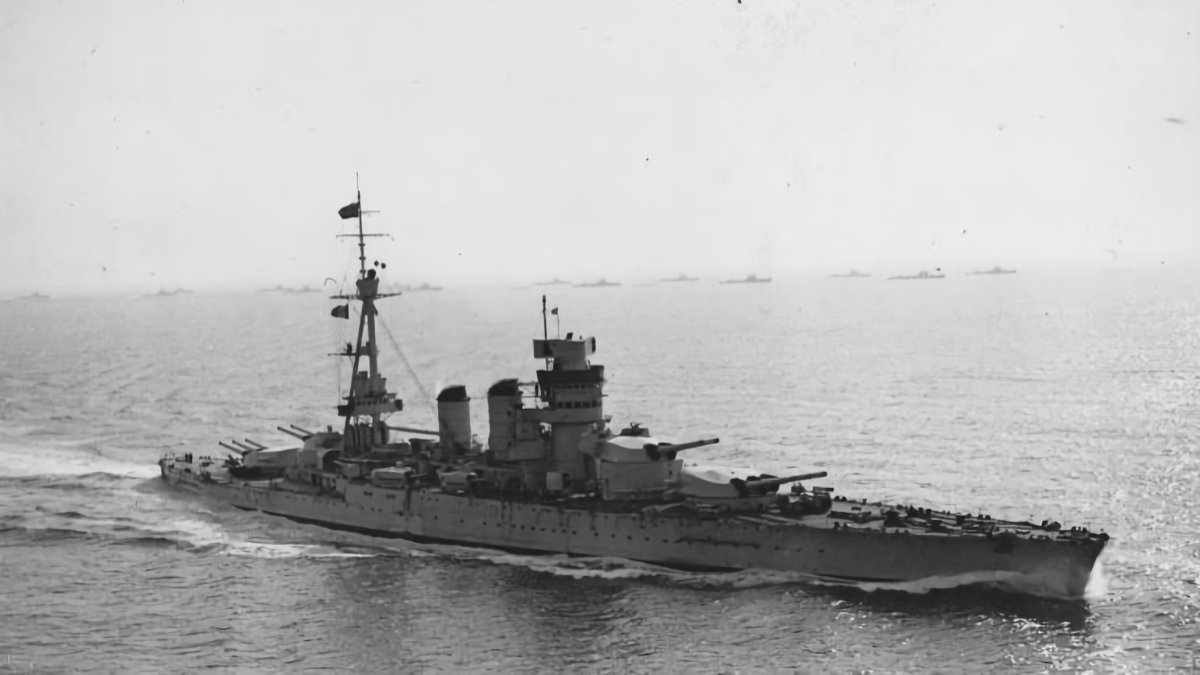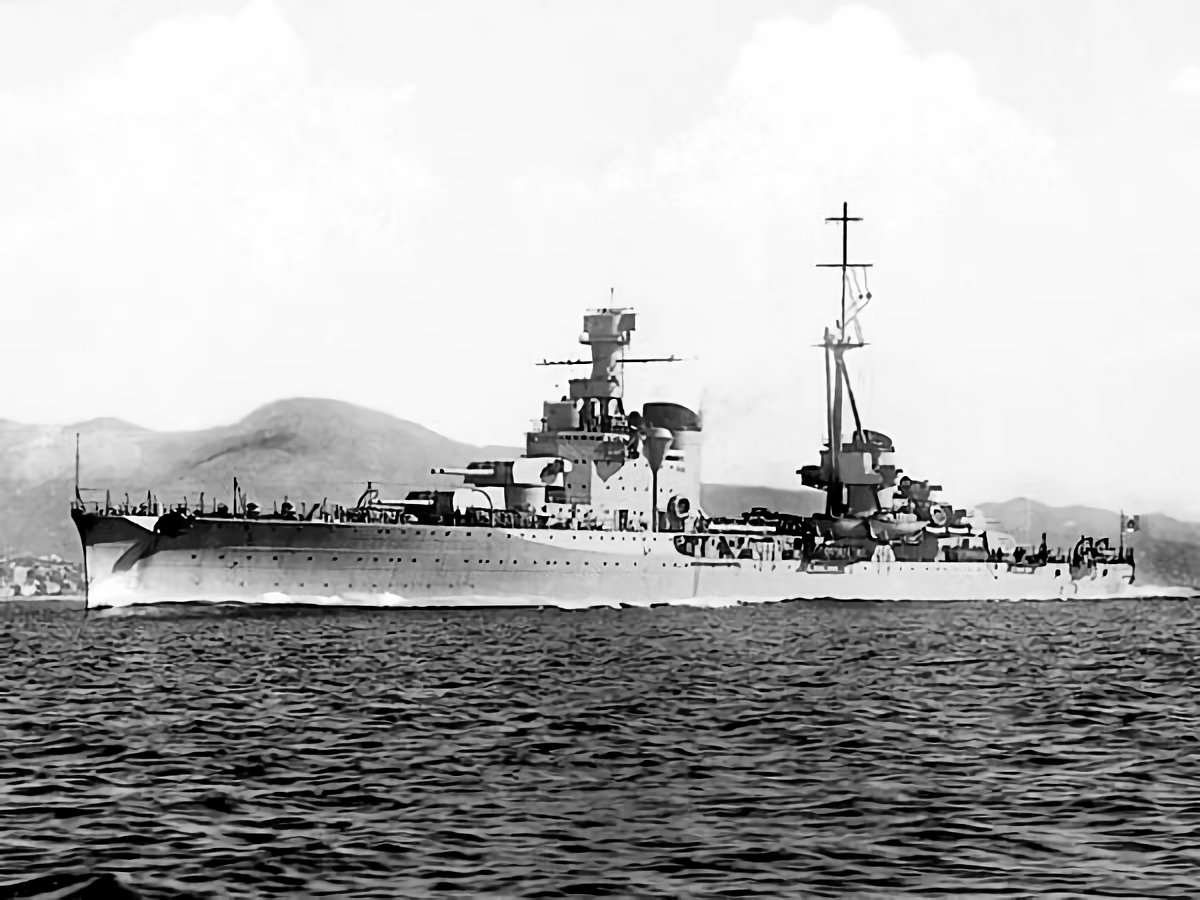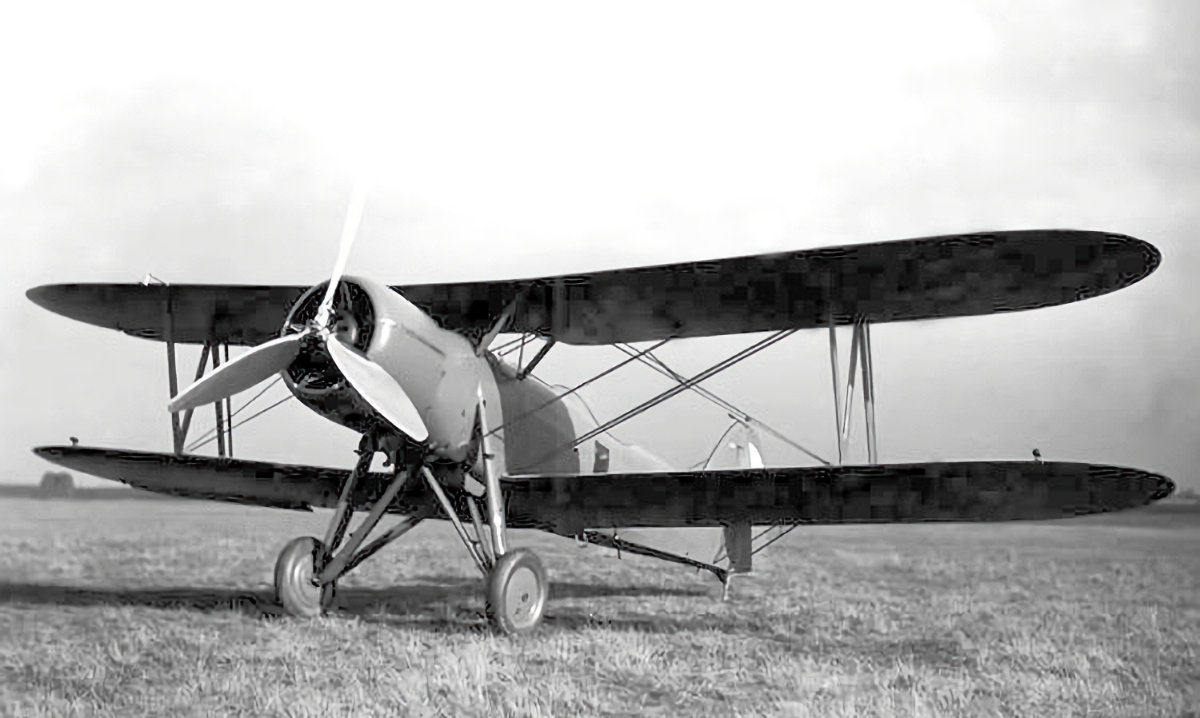Tag: Military
-
Italian Battleship Conte Di Cavour

Italian Battleship Conte Di Cavour The lead ship of her class of three dreadnought battleships (along with Giulio Cesare and Leonardo da Vinci), Conte Di Cavour was launched om 10 August 1911 and commissioned into the Italian Regia Marina on 1 April 1915. She saw no action during World War One. During World War Two,… Read more
-
Italian Heavy Cruiser Bolzano

Italian Heavy Cruiser Bolzano Bolzano was a heavy cruiser of the Italian Regia Marina. Based on the Trento-class and sometimes considered part of that class, Bolzano was launched on 31 August 1932 and commissioned on 19 August 1933. Not long after Italy’s entry into World War Two, Bolzano took part in the Battle of Calabria… Read more
-
Letov S-328 in Czech Service

Letov S-328 in Czech Service Initially developed for a Finnish requirement for a two seat biplane reconnaissance, the Letov S-28 first flew in 1929. Although not taken up by the Finish Air Force, Czechoslovakia bought 12 production Letov S-128s. These were followed by 4 S-228s for Estonia which were delivered in 1932. Production then shifted… Read more